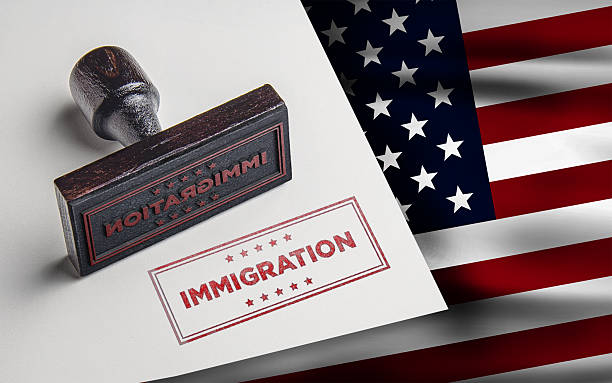Today, the talk of immigration is one of the hottest debates and most attention-grabbing in recent years, especially with President Donald Trump back in office. People are hiding in their homes, afraid of being deported or being mistaken for an illegal migrant. People have different opinions on how immigration is being handled. However, it is crucial to remember that back in 1986 during the former Presidency of Roland Regain, a unique bill was passed into law to control and reform Immigration law.
The Immigrant control and reform act of 1986
On Jan 6, 1986, U.S. President Ronald Regan signed one of the most major bills dealing with immigration into the United States. The Immigration reform and control act of 1986 was passed to handle and prevent illegal immigration in the states, offering legalization for any illegal migrant living in the U.S(with exceptions), sanctions for employers of illegal migrants, and reform legalization for agriculture workers. Laws like the IRCA are significant to remember when thinking about immigration because how with a single signature of a president, it altered the lives of citizens and illegal migrants.
Introduce new policies for Employers
Wonder why you need documents to prove your authorization to work? The act made it unlawful for employers to employ or offer a job of any sort, to an illegal fully aware or later made aware of their work status. To enforce this act, the congress created a Verified System that employers had to have to comply with.
- On a form i-9, the employer needs evidence that the person that is going to be employed has an authorized work’ status. Passport, birth certificate, social security card, immigration status, or any other document that can be used as verification.
- Employees themselves need document evidence to prove they are a U.S citizen or have been authorized to work in the States.
- It is recommended for employers to keep the employee’s records for 3 years and if a termination happens for 1-3 years.
If any complaints arise about potential hiring violations, an attorney general will establish investigation procedures and provide complaint files. If an employer fails to comply with the verification requirements even after multiple cautions, they could face imprisonment, and fines or criminal/civil charges if repeated offenses.
This single act made it difficult for undocumented immigrants to find job opportunities in the US because employers didn’t want to risk legal action from the government. Most of the requirements listed are still in use by employers.
Eligible or Noneligible?
What made this bill unique was it offered amnesty to undocumented immigrants who entered the United States illegally. The Immigrant Control and Reform act addresses the specific requirements an illegal migrant needs or not have to have in order to apply for citizenship.
The requirements needed to be a temporary resident, the following is:
- Applicants must be done in 18 months, have confirmed they were unlawful residing in the U.S. before Jan 1, 1982.
- The immigrant can’t be eligible for legalization if they are a felon, commit any misdemeanors, participate in political, religious or racial persecution.
Authorized immigrants can apply to be a permanent resident on the 19th month of receiving temporary residency by following the same requirements mentioned above but have to have an understanding and knowledge of English, American history, and government. Temporary and permanent residents can’t receive any federal government assistance for 5 years for each grant granted.
This gave them an opportunity to show their commitment to continue to live and build their homes in the United States as legal citizens.
The Reform
Title 3: Reform of Legal Immigration
This act took the time to reform legal immigration for farm working. As cited on Immigration Reform and Control Act (IRCA) (1986) it separated temporary agriculture labor workers from other temporary labor forces for purposes of nonimmigrant work provisions.
The employer has to have a H-2A visa petition that proves there aren’t U.S citizens available to work nor can the work condition and wages be largely differ from other laborers. The bill
establishes a special seasonal agriculture worker program (SAWP) to great authorized work status. As outlined in Immigration Reform and Control Act (IRCA) (1986) the worker has to follow the requirements needed;
- Apply during a certain period of 18-months.
- Must have done at least 90 days of seasonal agriculture labor work during the 12-month period ending on May 1, 1986.
- Must have been eligible for the program.
It prevented employers from deliberately choosing to hire authorized migrant workers if there were US citizens available to work.
Resources-
https://www.uscis.gov/glossary-term/50744
https://www.congress.gov/bill/99th-congress/senate-bill/1200
https://immigrationhistory.org/item/1986-immigration-reform-and-control-act/
https://dictionary.justia.com/special-agricultural-workers-saw





























